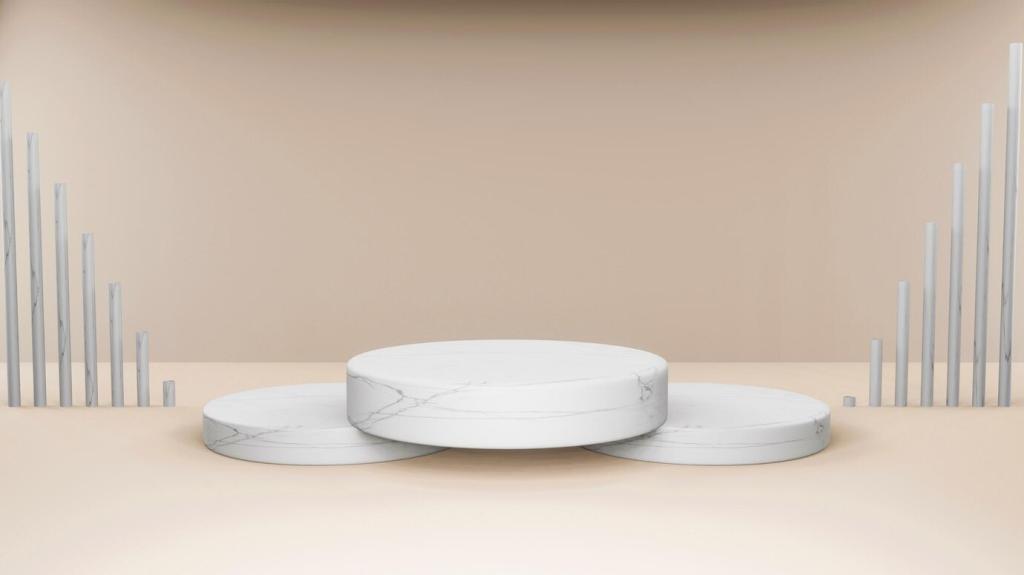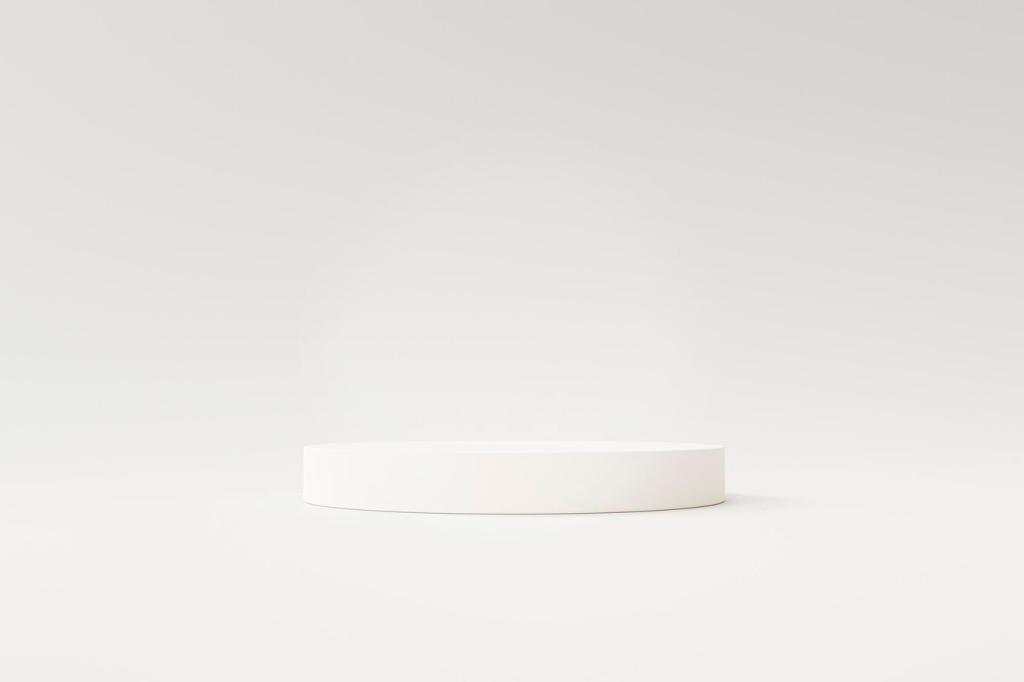Color, Light, and Space Psychology
Layer warm off-whites, mushroom grays, and soft taupes with natural textures like limewash and oak. Subtle contrast defines edges without harsh lines. This palette reduces visual friction and pairs beautifully with greenery, art, and sunlight, making minimal spaces feel welcoming rather than sterile or overly strict.
Color, Light, and Space Psychology
Sheer, floor-to-ceiling curtains diffuse glare and soften geometry. Light shelves bounce daylight deep into rooms, reducing artificial lighting needs. Minimal window frames frame maximum views, amplifying calm. Tell us your toughest lighting corner, and we will share a future minimalist tip to brighten it with grace.




